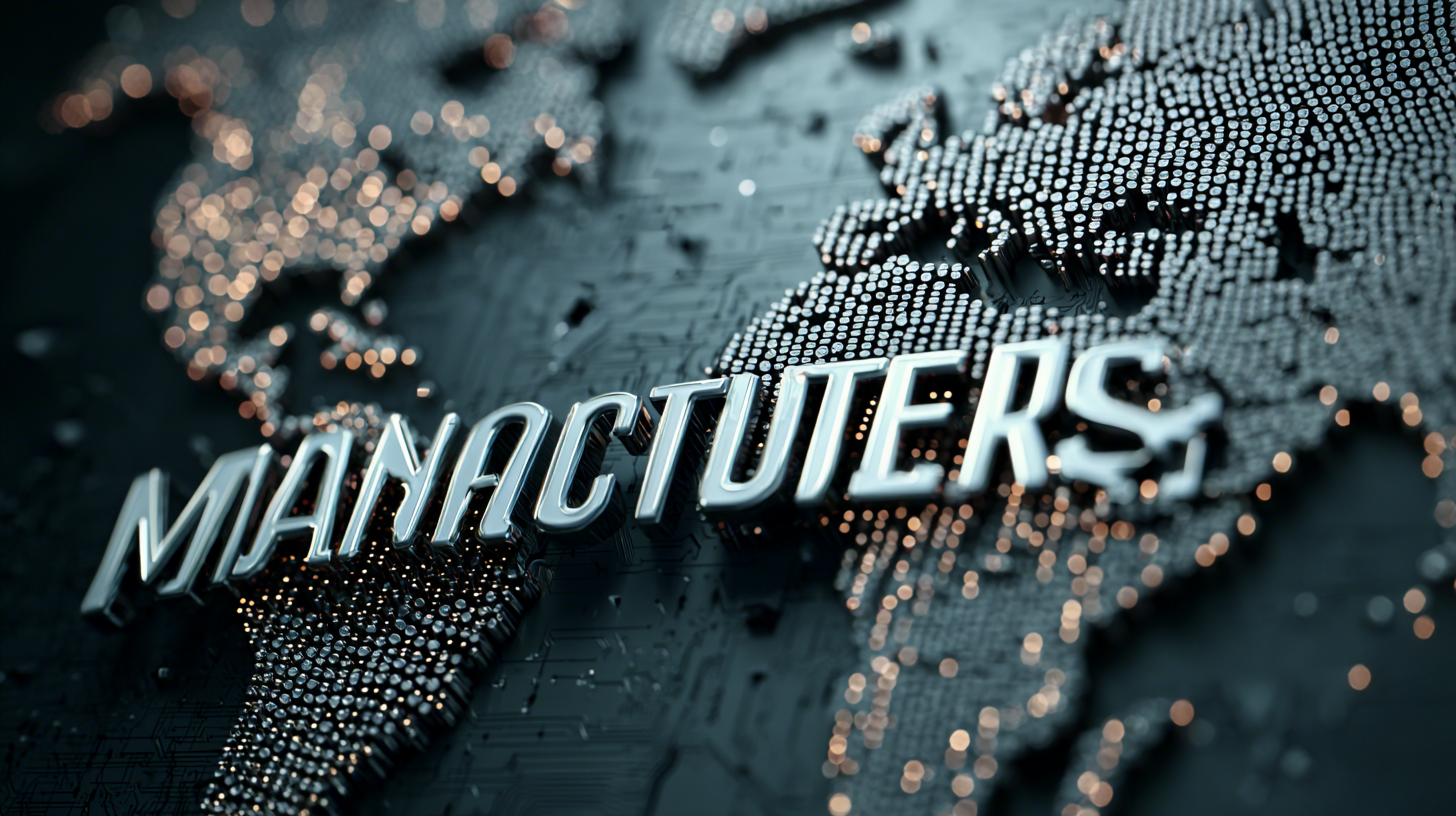 English
English-
 English
English -
 Español
Español -
 Português
Português -
 русский
русский -
 Français
Français -
 日本語
日本語 -
 Deutsch
Deutsch -
 tiếng Việt
tiếng Việt -
 Italiano
Italiano -
 Nederlands
Nederlands -
 ภาษาไทย
ภาษาไทย -
 Polski
Polski -
 한국어
한국어 -
 Svenska
Svenska -
 magyar
magyar -
 Malay
Malay -
 বাংলা ভাষার
বাংলা ভাষার -
 Dansk
Dansk -
 Suomi
Suomi -
 हिन्दी
हिन्दी -
 Pilipino
Pilipino -
 Türkçe
Türkçe -
 Gaeilge
Gaeilge -
 العربية
العربية -
 Indonesia
Indonesia -
 Norsk
Norsk -
 تمل
تمل -
 český
český -
 ελληνικά
ελληνικά -
 український
український -
 Javanese
Javanese -
 فارسی
فارسی -
 தமிழ்
தமிழ் -
 తెలుగు
తెలుగు -
 नेपाली
नेपाली -
 Burmese
Burmese -
 български
български -
 ລາວ
ລາວ -
 Latine
Latine -
 Қазақша
Қазақша -
 Euskal
Euskal -
 Azərbaycan
Azərbaycan -
 Slovenský jazyk
Slovenský jazyk -
 Македонски
Македонски -
 Lietuvos
Lietuvos -
 Eesti Keel
Eesti Keel -
 Română
Română -
 Slovenski
Slovenski -
 मराठी
मराठी -
 Srpski језик
Srpski језик
Navigating Global Procurement Standards with the Best Manufacturers Strategies
In the rapidly evolving landscape of global procurement, manufacturers must stay ahead of technological advancements to maintain a competitive edge. As we look towards 2025, industry reports project that the digital transformation in manufacturing will continue to accelerate, with an estimated 70% of manufacturers investing in smart technologies. This shift not only enhances operational efficiency but also aligns with sustainability goals, as 80% of procurement professionals highlight the increasing importance of environmentally responsible sourcing.

The integration of advanced analytics and artificial intelligence is anticipated to reshape procurement strategies, empowering manufacturers to streamline their processes and reduce costs. In this blog, we will explore best practices for navigating global procurement standards while strategically partnering with top manufacturers, ensuring successful adaptation to the forthcoming technological trends.
Understanding Global Procurement Standards: Key Criteria for Comparison
Global procurement standards play a critical role in ensuring quality, efficiency, and sustainability in supply chains. As businesses navigate the complexities of international markets, understanding the key criteria for comparing manufacturers becomes essential. First and foremost, evaluating compliance with international standards such as ISO certifications is crucial. These certifications ensure that manufacturers adhere to globally recognized quality management systems, which can significantly reduce risks associated with product quality and safety.
Another vital aspect is the assessment of a manufacturer’s sustainability practices. With increasing emphasis on corporate social responsibility, companies must consider manufacturers that prioritize environmentally friendly processes and ethical labor practices. Factors such as waste management, energy efficiency, and supply chain transparency can heavily influence procurement decisions. Additionally, responsiveness and reliability in communication are essential criteria, as they reflect a manufacturer’s ability to meet deadlines and adapt to changing market demands, ensuring that businesses can maintain competitiveness in a globalized economy.
Identifying Best Manufacturers: Factors to Evaluate Their Strategies
When it comes to identifying the best manufacturers in the realm of global procurement standards, several critical factors emerge that can significantly influence decision-making processes. According to a report by McKinsey & Company, nearly 75% of companies that prioritize supplier evaluation report increased operational efficiency. This statistic underscores the importance of strategic alignment between procurement teams and manufacturer capabilities. Evaluating a manufacturer's track record on quality compliance, lead times, and transparency in supply chain practices is fundamental. For instance, manufacturers that consistently meet or exceed ISO standards demonstrate a commitment to quality management that can enhance partnership stability.
Moreover, understanding a manufacturer’s innovation capacity is essential in today’s fast-paced market. A study by Deloitte indicates that organizations leveraging innovative suppliers are 1.4 times more likely to be top performers in their industry. Evaluating a manufacturer’s investment in research and development, along with their responsiveness to changing market demands, can provide insights into their long-term viability and competitiveness. Additionally, assessing sustainability practices is becoming increasingly crucial; a report by the Global Reporting Initiative asserts that 80% of consumers now consider sustainability as a key purchasing factor, making it imperative for manufacturers to align their strategies with these consumer expectations. These elements collectively create a robust evaluation framework that supports effective global procurement strategies.
Navigating Global Procurement Standards: Evaluating Manufacturer Strategies
This chart illustrates the evaluation of various factors to identify the best manufacturing strategies in global procurement. The factors assessed include quality, lead time, cost efficiency, and sustainability.
Comparative Analysis of Procurement Strategies Among Leading Manufacturers
In today's interconnected global market, navigating procurement strategies requires a keen understanding of the practices adopted by leading manufacturers. A comparative analysis reveals that top-tier companies often employ distinct yet effective strategies tailored to their operational strengths and market dynamics. For instance, while some manufacturers prioritize cost efficiency through bulk purchasing and long-term contracts, others focus on establishing flexible supply chains that allow them to adapt swiftly to changing consumer demands.
A closer look at these strategies shows that leading manufacturers leverage technology to enhance their procurement processes. Many are integrating advanced analytics and artificial intelligence to forecast demand accurately and optimize their supplier selection. This data-driven approach not only minimizes risks but also fosters stronger relationships with suppliers. In contrast, traditional procurement models, which heavily rely on historical data and manual processes, often lag in responsiveness and innovation.
Moreover, sustainability is increasingly becoming a focal point in procurement strategies. Manufacturers that incorporate ethical sourcing and environmentally friendly practices are not only meeting regulatory requirements but are also appealing to a growing base of conscious consumers. This shift towards sustainable procurement showcases a holistic approach that leading manufacturers take, balancing profitability with corporate responsibility as they navigate the complexities of global markets.
Navigating Global Procurement Standards with the Best Manufacturers Strategies - Comparative Analysis of Procurement Strategies Among Leading Manufacturers
| Manufacturer Type | Procurement Strategy | Supply Chain Optimization | Sustainability Practices | Technology Utilization |
|---|---|---|---|---|
| Electronics | Lean Procurement | Just-In-Time Delivery | Green Sourcing | AI-Driven Analytics |
| Automotive | Collaborative Sourcing | Supplier Partnerships | Circular Economy | Blockchain for Transparency |
| Consumer Goods | Global Sourcing | Inventory Management | Ethical Sourcing | IoT for Supply Chain |
| Pharmaceutical | Risk Management Procurement | Cold Chain Management | Sustainable Packaging | Data Analytics |
| Construction | Integrated Project Delivery | Prefabrication | Resource Efficiency | BIM Technology |
Challenges in Adhering to Global Standards: Common Pitfalls and Solutions
Adhering to global procurement standards presents a myriad of challenges for manufacturers. One of the most significant pitfalls is the lack of uniformity across different regions, leading to confusion and potential non-compliance. Manufacturers often grapple with varying regulations, certifications, and quality control measures, which can create a fragmented approach to procurement strategies. This inconsistency not only hinders operational efficiency but can also impact a company's reputation globally.

To navigate these challenges, manufacturers can adopt a proactive approach by investing in comprehensive training programs for their procurement teams. This ensures that team members are well-versed in international standards and practices. Additionally, leveraging technology and data analytics allows companies to monitor compliance in real time, identify potential gaps, and implement corrective actions swiftly. By fostering a culture of continuous improvement and collaboration, businesses can effectively address common pitfalls while aligning their procurement strategies with global standards.
Leveraging Technology to Enhance Procurement Comparisons and Strategies
In today's fast-paced global marketplace, leveraging technology in procurement is not merely an option but a necessity for manufacturers aiming to remain competitive. According to the "2023 Global Procurement Trends" report by the Institute for Supply Management, up to 74% of organizations are adopting advanced analytics and AI-driven tools to enhance their procurement strategies. These technologies provide valuable insights that help businesses compare supplier capabilities, track market trends, and optimize their sourcing processes. By harnessing the power of data analytics, manufacturers can make informed decisions that reduce costs and improve supply chain efficiency.

Furthermore, the integration of procurement technologies is reshaping how companies evaluate and select their suppliers. A study by Gartner reveals that organizations utilizing e-procurement solutions are experiencing an average of 20% savings in procurement costs while improving supplier performance assessment through increased transparency. As businesses adopt electronic sourcing platforms and AI-powered comparison tools, they can streamline supplier evaluation, ensuring they partner with manufacturers that align with their sustainability goals and compliance standards. This strategic pivot not only enhances operational efficiency but also positions manufacturers to better navigate the complexities of global procurement standards.

